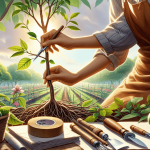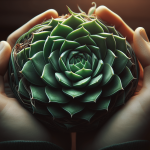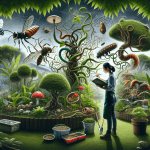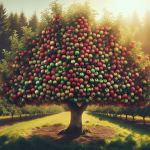This post may contain affiliate links. As an Amazon Associate, we may earn commissions from qualifying purchases.
Have you ever strolled through your garden and wondered about the story behind each plant? By using heirloom seeds in your gardening practice, you could be cultivating a patch of history right in your backyard. It’s like nurturing a living archive of ancestral plants, each with its own narrative to tell and taste to offer.
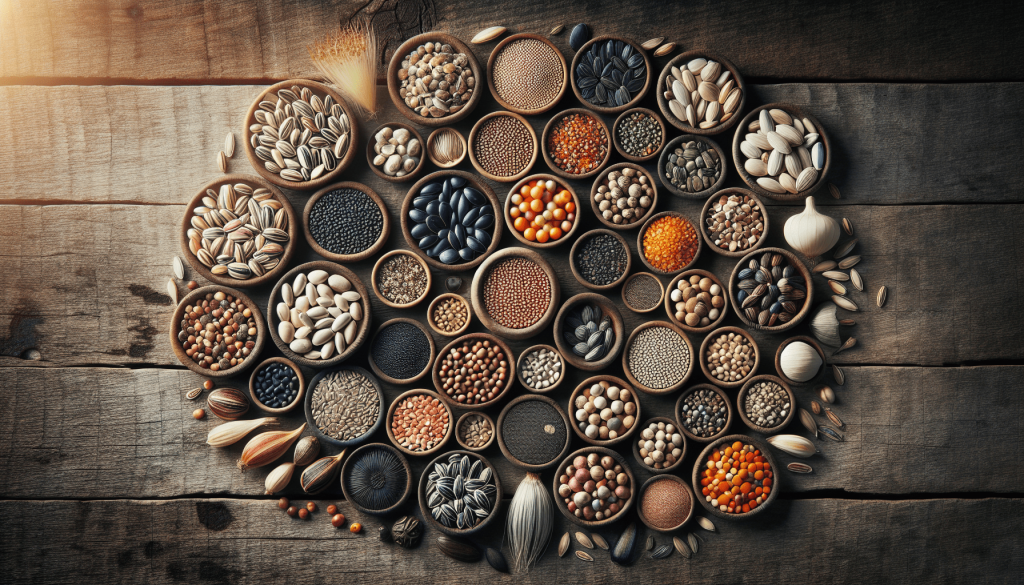
What Are Heirloom Seeds?
Heirloom seeds are not your typical seeds that you might grab off the rack at your local grocery store. These are seeds of a bygone era, passed down through many generations. For a seed to be considered heirloom, it typically needs to be at least 50 years old and must be open-pollinated, meaning they rely on natural pollination by insects, birds, wind, or human intervention, allowing those unique traits to endure over time.
The Legacy in a Seed
Think of heirloom seeds as time capsules in tiny, oval forms. They carry the genetic legacy of the specific plant variety from which they come. Unlike hybrid seeds, which are often bred for certain qualities like size or shelf-life, heirloom seeds preserve the original characteristics of the plant, offering you a taste of the past that you won’t find in store-bought produce.
Open-Pollinated vs. Hybrid
You might be wondering why open-pollinated seeds hold such significance. With open-pollination, the plants are able to adapt to their local environment over the years, which can lead to improved disease resistance and better flavor. In contrast, hybrids are bred for commercial purposes and don’t adapt in the same way, often losing their beneficial traits after the first generation. In this way, heirloom seeds serve up a cocktail of history, flavor, and resiliency.
The Diverse Palette of Heirloom Varieties
One of the most delightful aspects of heirloom seeds is the variety they offer. From colorful tomatoes to purple carrots, the world of heirlooms is full of surprises. These seeds represent a more colorful, flavorful, and diverse past, contrasting sharply with the limited selection often found in supermarkets or from commercial seed suppliers.
The Rich Tapestry of Flavors
Let’s take tomatoes, for instance. Modern tomatoes are often bred for their robustness and shelf-life, whereas heirloom varieties like the Cherokee Purple or the Brandywine offer a delightful range of flavors and textures that are simply incomparable. Once you’ve had a taste of an heirloom tomato, you might find that those regular ones just don’t cut it anymore.
A Cornucopia of Colors
The vibrant colors of heirloom vegetables not only bring visual appeal to your garden but also indicate a diversity of nutrients and phytochemicals. The presence of anthocyanins, which give heirlooms their distinctive colors, is associated with health benefits such as improved heart health and cognitive function.
Nutritional Benefits of Heirloom Seeds
While you may savor the flavors, there’s more to heirloom seeds than just taste. They often contain higher nutritional values compared to their commercial counterparts. This is one of the many reasons gardeners are turning back to these storied seeds.
More Than Just Good Looks
While indulging in an heirloom carrot’s brilliant orange or rich purple, you might also be consuming higher levels of vitamins and antioxidants. Studies have shown that heirloom varieties often boast higher concentrations of essential nutrients, providing a richer, more nuanced nutritional profile.
Diet Diversity and Health
By integrating a mix of heirloom strains into your garden, you’re also encouraging a more diverse diet. Biodiversity in your diet can lead to better health outcomes, as different foods provide different nutrients and beneficial compounds. When you grow heirloom plants, you’re making a statement in favor of diversity and nutrition.
Environmental Benefits
The use of heirloom seeds isn’t just beneficial for your palate and health—it’s also a environmental boon. The practice of cultivating heirlooms supports biodiversity, sustainability, and ecological balance, making your garden a haven for more than just the sightseers.
Preserving Genetic Diversity
When you cultivate heirloom varieties, you’re conserving a vast genetic pool. This genetic diversity is crucial for research and breeding programs aimed at developing future crops that can withstand the challenges of climate change, pests, and diseases.
Encouraging Sustainable Practices
Heirloom seeds often require less water and fewer chemical inputs to thrive, as they are better adapted to local soil and climate conditions over generations. By growing these plants, you support sustainable agricultural practices that are gentler on the Earth, reducing your ecological footprint.
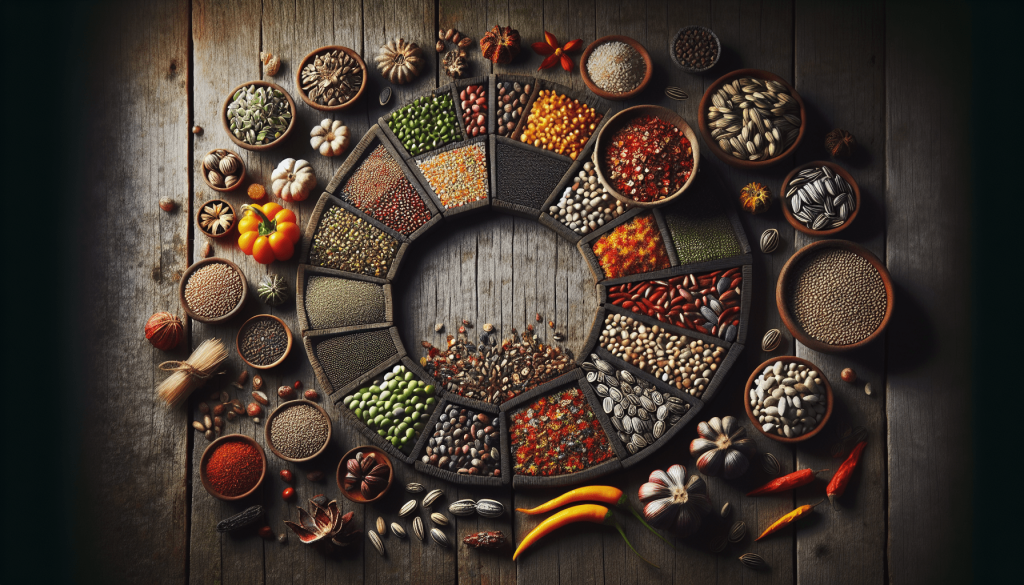
Cultural and Historical Significance
Beyond their nutritional and environmental contributions, heirloom seeds represent a cultural legacy. They offer a tangible link to the past, inherited from generations of gardeners and farmers who have cherished these plants.
A Tangible Connection to History
Each plant grown from heirloom seeds carries a piece of culture and history. For example, the Moon and Stars watermelon, with its celestial pattern, dates back to the early 1900s and has been steeped in folklore and family tradition. By planting such seeds, you’re not just growing food; you’re cultivating a piece of history.
Guardians of Biodiversity
By choosing heirloom seeds, you take on the role of a steward, preserving genetic diversity for future generations. This not only bolsters your garden’s resilience but also contributes to global biodiversity preservation efforts, which are essential given the modern agricultural practices that often favor uniformity.
Economic Benefits
Cultivating heirloom plants can be more than just a personal hobby. The unique qualities of heirloom produce can also serve as a selling point in local markets or gourmet restaurants, often fetching higher prices due to their unique flavors and appearances.
Niche Market Opportunities
If you’ve got a green thumb and an entrepreneurial spirit, heirloom seeds can be a lucrative business opportunity. Many consumers are seeking unique and high-quality produce, and heirloom varieties offer just that. They’re often perceived as luxury items due to their distinct flavors and limited availability.
Reducing Dependency on Commercial Seeds
By growing your own heirloom plants, you are less dependent on purchasing seeds each year. You can save seeds from your own harvest to plant the next season, cutting costs and gaining a better understanding of your garden’s cycle.
How to Start Your Own Heirloom Garden
Eager to get your hands dirty and start planting some history? It begins with selecting the right seeds for your climate and taste preferences. The journey from seed to salad bowl is both rewarding and empowering.
Choosing the Right Seeds
Start by browsing heirloom seed catalogs or visiting a local seed exchange. Select varieties that will thrive in your climate and meet your culinary desires. Consider regional favorites that have already adapted to local conditions.
Seed Starting and Planting Tips
Heirloom seeds are typically planted similarly to other seeds, but there are a few key tips to keep in mind:
- Starting Indoors: Begin seeds indoors if you have a short growing season. Use seed trays and good-quality soil to give them a strong start.
- Transplanting: Accustom seedlings to outdoor conditions gradually before transplanting them into the garden.
- Soil and Water Needs: Make sure to provide well-draining soil and appropriate moisture, but be wary of over-watering. Heirloom plants might have slightly different water needs compared to hybrid varieties.
Growing Your Garden
Once planted, heirloom varieties often require similar care as other garden plants. Be diligent about weeding, mulching, and occasionally fertilizing to promote healthy growth. Engage in regular harvesting by picking produce at its prime to encourage continued production.
Maintaining and Saving Seeds
A crucial part of heirloom gardening is seed saving. By collecting and saving seeds from your harvest, you can ensure that these valuable varieties live on year after year.
How to Collect Seeds
Wait for the seeds to mature on the plant before harvesting. Dry them thoroughly and store them in a cool, dry place. Label them clearly, noting the variety and the date collected, keeping your personal seed library in order.
The Importance of Seed Sharing
Sharing is caring, especially in the world of heirloom gardening. Swap seeds with other enthusiasts in your area to diversify your collection. Seed swaps are not only educational but also foster a sense of community and shared purpose.
Challenges and Considerations
While the benefits of heirloom seeds are plentiful, they do come with their own set of challenges. Awareness of these can help manage your expectations and adapt your methods accordingly.
Pest and Disease Management
With diverse genetics comes unique pest and disease resistance. Nonetheless, heirloom varieties can still be susceptible to local threats. Companion planting and organic pest management strategies can help keep pests at bay without resorting to chemical solutions.
Climate Adaptability Concerns
Heirloom seeds are often specific to certain climates. If you’re growing a plant that hails from a different environment, there might be a period of adjustment. Be prepared to trial different varieties to find the ones that suit your garden best.
Let’s Look to the Future
With a growing awareness of the importance of sustainability and biodiversity, heirloom seeds offer a beacon of hope. These seeds remind us of our agricultural roots while guiding us toward a future that values diversity, health, and community.
You’re not just sowing seeds when you plant heirlooms; you’re sowing stories, cultures, and resilience. Each plant is a testament to the past and a promise for the future. So when you plant that multi-hued heirloom tomato or that uniquely flavored corn, you’re not only embracing an entirely new gardening experience but also championing a movement that values history, flavor, and the very essence of life.
In this small act of cultivating heirlooms, you play a role in the protection of our planet’s rich agricultural heritage. Isn’t it heartwarming to know that your garden can be more than just a plot of soil? It’s a seedbed of history, hope, and health.

